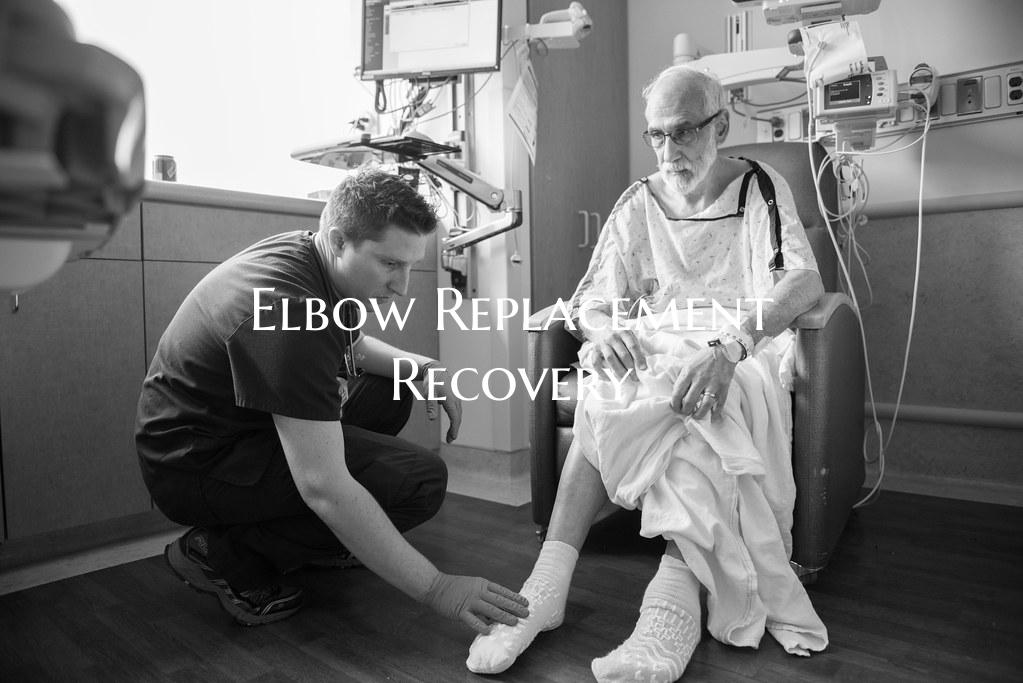
Elbow Replacement Recovery
Introduction: Recovering from elbow replacement surgery is a crucial process that requires patience, dedication, and the guidance of healthcare professionals. Whether you underwent the procedure due to arthritis, injury, or other conditions affecting the elbow joint, understanding what to expect during your recovery can help you navigate the journey more effectively. This article aims to provide valuable insights into the recovery process following elbow replacement surgery, including key milestones, rehabilitation strategies, and tips for a successful recovery.
1. Initial Recovery Period: - Immediately after surgery, you may experience pain, swelling, and limited range of motion in your elbow. - You will likely stay in the hospital for a few days for monitoring and initial wound care. - Physical therapy may begin soon after surgery to help improve mobility and strength in the affected arm. - It is essential to follow the post-operative instructions provided by your healthcare team, including taking prescribed medications and attending follow-up appointments.
2. Rehabilitation Process: - Physical therapy plays a crucial role in the recovery process and typically starts within a few days to weeks after surgery. - Your physical therapist will guide you through specific exercises to improve range of motion, strength, and flexibility in your elbow. - Gradually increasing the intensity of exercises and movements will help rebuild muscle strength and improve overall function in the affected arm. - Consistent participation in rehabilitation sessions is essential for achieving the best possible outcomes in terms of mobility and function.
3. Managing Discomfort and Pain: - Pain and discomfort are common during the recovery period, but they can be managed effectively with the help of pain medications prescribed by your healthcare provider. - Applying ice packs, elevating the arm, and using compression garments can also help reduce swelling and alleviate pain. - Communicate openly with your healthcare team about any concerns or changes in your pain levels to ensure appropriate adjustments to your pain management plan.
4. Returning to Daily Activities: - As your elbow strength and function improve, you will gradually be able to return to daily activities such as dressing, grooming, and light household chores. - It is essential to pace yourself and avoid overexertion to prevent setbacks in your recovery. - Your healthcare team will provide guidance on when it is safe to resume driving, work, sports, and other more strenuous activities based on your individual progress.
Conclusion: Recovering from elbow replacement surgery requires patience, commitment, and active participation in the rehabilitation process. By understanding what to expect during the recovery journey and following the guidance of your healthcare team, you can optimize your outcomes and regain mobility and function in your elbow. Remember to stay positive, stay dedicated to your rehabilitation regimen, and celebrate each milestone achieved on the path to a successful recovery.